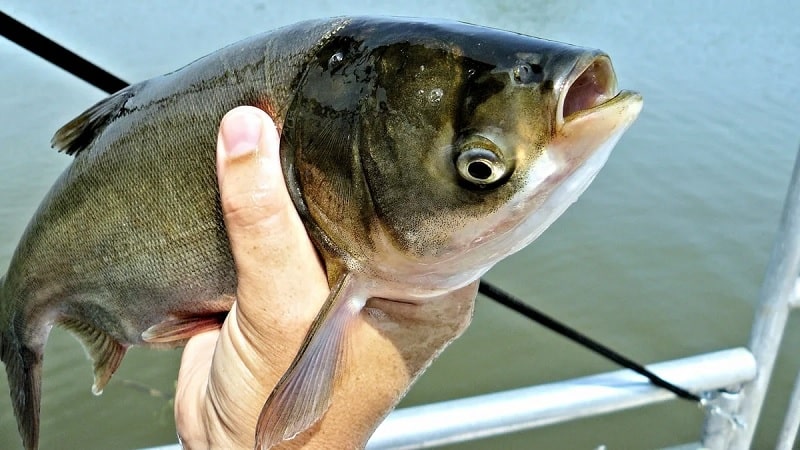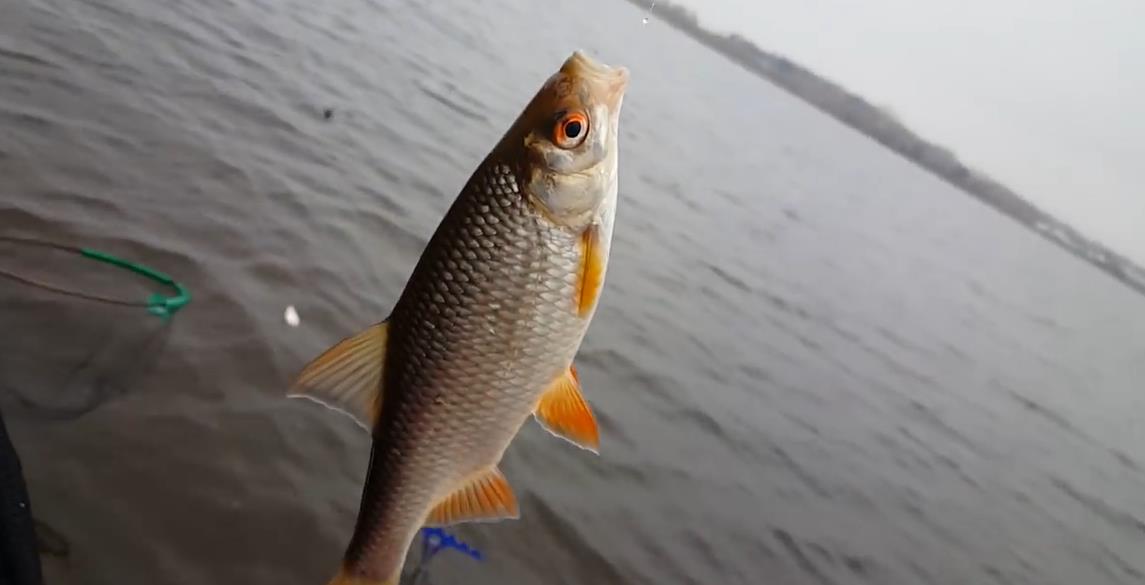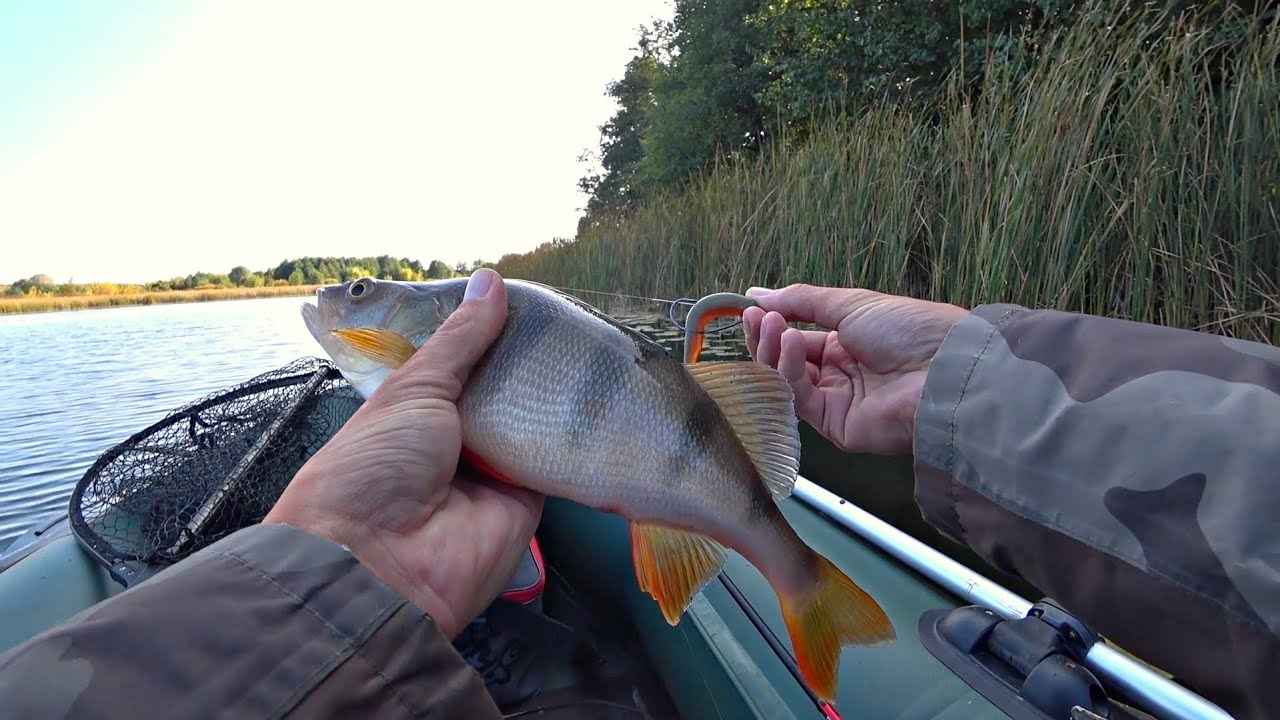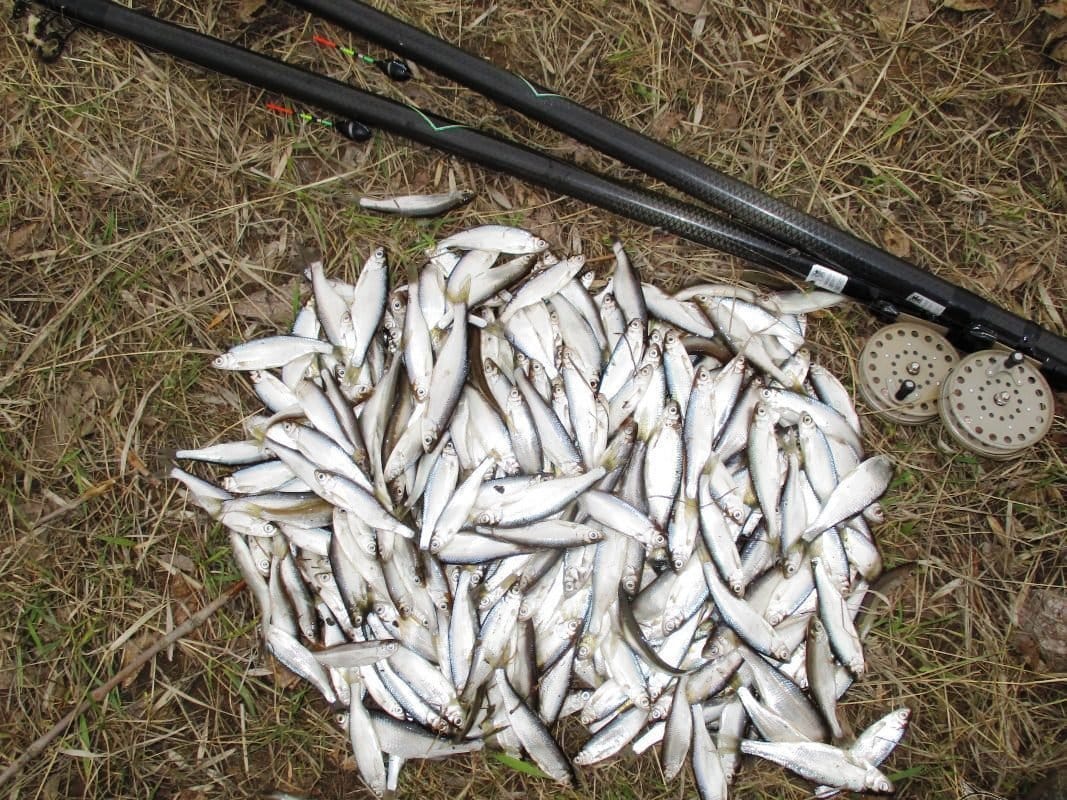Chebak (or Siberian roach, Rutilus rutilus lacustris) is a freshwater fish belonging to the carp family. It lives mainly in the Urals or in the rivers of Siberia. Chebak has excellent taste and is excellent for frying. But to catch it, you should familiarize yourself with its habitats and other features.
Where does the chebak live?
Chebak lives in reservoirs with stagnant water and rivers located in Siberia, the Urals and the Far East. In search of food, he strays into small flocks, therefore, having caught one chebak, the fisherman should not leave the place, it is likely that the bite will happen again. In hot periods of summer, it hides under snags or other shelters at a shallow depth. He also often appears on the stove rifts, where he eats algae that has appeared on the stones. You can start catching Siberian roach in early spring. Like other fish, the chebak feeds actively during these months, preparing for spawning and fattening up. Therefore, you can use a wide variety of baits for fishing. But closer to the spawning period and during the laying of eggs, the chebak becomes covered with growths (rash) and at this moment its bites are practically absent.At such a time, the fish can throw off a significant part of its mass. But after the end of spawning, the chebak begins to gain fat again, and this activity continues for two or three weeks. Then he becomes cautious and takes a bad bait, and this period lasts until the beginning of autumn. Repeated activity is observed before frosts, when the chebak begins to actively gain weight again on the eve of winter. In the middle of summer, in the afternoon in the hottest months, it becomes slow, and you should no longer count on a good catch. It becomes much more active before sunset and dawn, and this applies mainly to large specimens. The little thing remains active throughout the day. But it should be borne in mind that the behavior of the chebak is also influenced by atmospheric pressure, temperature drops and sudden changes in weather.At such times, the bite can be unstable. It has also been noticed that catching chebak is effective on cloudy evenings. What kind of fish is a chebak or soroga: https://youtu.be/GYUhp8-8E3g
Chebak is a relative of the roach
Chebak differs from ordinary roach:
The Issyk-Kul chebak is outwardly a relative of the roach, but in fact the dace
The Issyk-Kul chebak is a separate species that, as it is not difficult to guess, lives in the Issyk-Kul lake and by this its habitat is limited, belongs to dace, but looks similar to roach. It grows up to half a kilogram, size up to 30-40 cm. Detailed ichthyology of the chebak-roach-ram-roach-roach-Siberian roach in the photo-infographics: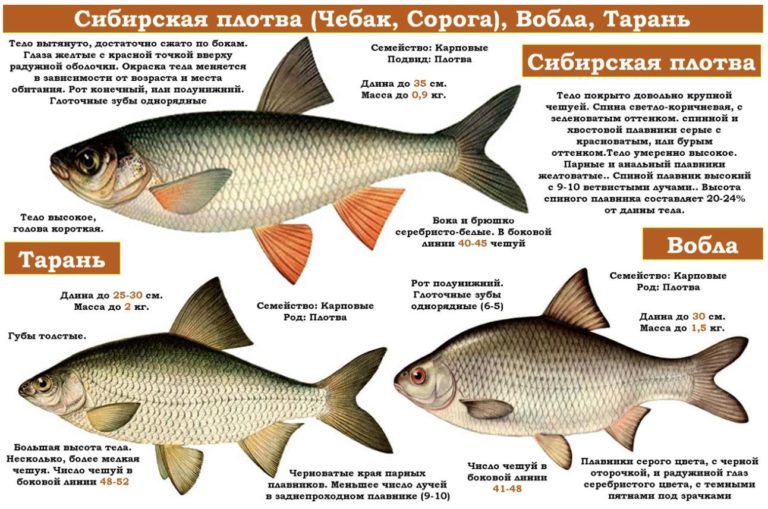
What gear to use
To catch a chebak, you can use an ordinary float rod up to 5 meters long. The line is set with a thickness of 0.25 mm. It is advisable to tie a leash about 20 cm long from a 0.17 mm line. The float is placed sensitive.
feeder rods.up to 4.2 meters long with a dough of 20-40 grams. With the help of this tackle, you can make long casts, and with the help of the feeder, the fish are lured and kept in a certain place. But in this case, the fisherman will need to take some bait with him. How to catch a chebak: https://youtu.be/cR3G8OqwhDE
Nozzles
In the summer, they catch a chebak on an earthworm,
maggot . He willingly enough takes pieces of bread, cereals (
pearl barley ,
corn ), burdock larvae and insects. You can increase the likelihood of biting by using bait. But you need to do this in a few hours for fishing. Boiled pearl barley, peas are used as a bait mixture, mixing them with semolina and bread crumbs (they give a suspension that attracts fish).

